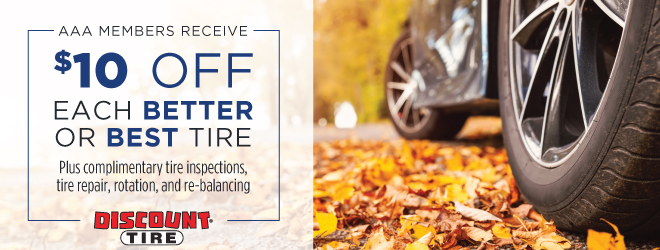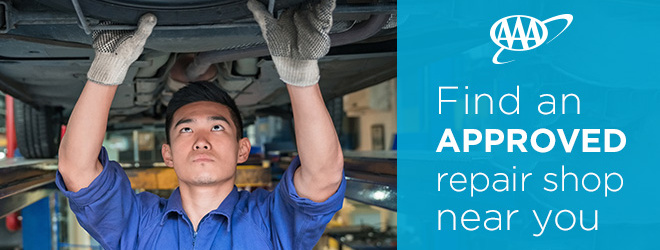Information provided by AAA’s Discounts & Rewards Partner: NAPA Auto Parts
Did you know that October is Fall Car Care Month? You are probably just now wondering where did summer go? To make sure your car, truck, SUV or minivan stays safe and reliable throughout the upcoming fall and winter seasons, we’ve prepared seven essential end-of-summer car care tips. It’s a good idea that while the weather is still pleasant to set aside a weekend afternoon to go over your vehicle’s maintenance needs. By addressing these tasks now, you can drive the year’s final months with confidence, knowing your ride is prepared for any holiday adventures that lie ahead.

CHECK ALL YOUR LIGHTS
The days are getting shorter which means all your various vehicle lights need to be up to muster. You need lights to see and be seen, especially when rain, snow and fog reduce visibility. Check that all lights are functional, including marker lights, turn signals, hazard lights, brake lights (including the center high mount brake light), reverse lights, taillights, headlights and fog lights. If you find any blown bulbs consider replacing the matching bulb on the other side at the same time, as it may not be far from going out as well. Generally headlights should be replaced in pairs. For interior lights you may even consider upgrading to LED bulbs for not only longevity but also a custom touch. If not equipped, perhaps now is a good time to think about installing aftermarket fog lights. Lastly if your headlight lenses are cloudy now is a good time to give them a good polish.
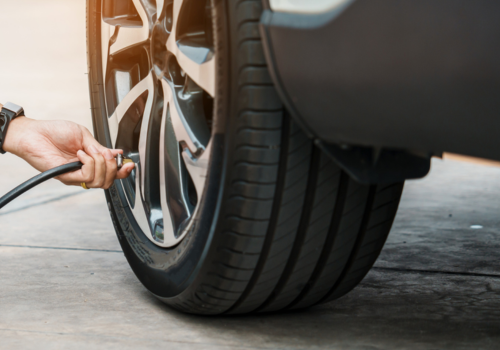
CHECK YOUR TIRES
Don’t worry about snow tires yet, but check that your summer or all-season tires have at least 4/32 inches of tread depth remaining. Look for abnormal tread wear, which may indicate an alignment or suspension problem. It might also be time for a tire rotation to ensure even tire wear. Cooler weather causes tire pressure to drop, so inflate tires to the psi indicated by either the owner’s manual or the tire and loading label on the driver’s door jamb. If you have a spare tire pull it out and make sure it is aired up. You may need to refer to your owner’s manual for the correct spare tire pressure as a donut spare may be different than the other tires.

CHECK THE BATTERY
Summer is an easy time for the battery, but cold weather can tax it. Don’t get caught by the first cold morning with a dead battery. First, look for corrosion on the battery terminals. This needs to be cleaned or repaired to eliminate resistance between the battery and the rest of the electrical system, such as the starter and blower. Then, have the battery load-tested — replace it if it’s too weak for a cold start. Also check the battery age to see if it is nearing the end of its service life. A typical battery lasts 3-5 years so be prepared for a replacement if yours is older.
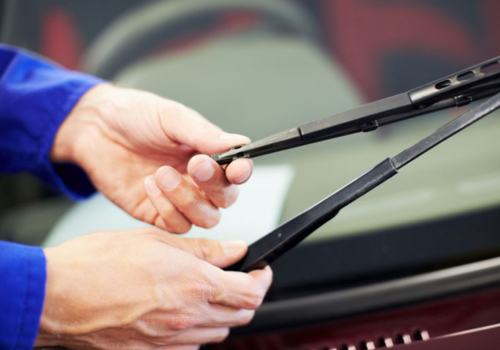
SWAP YOUR WIPERS
A good guideline is to replace wiper blades every six months, but they may wear sooner. Now is a good time to replace any wiper blades that streak, chatter or don’t clear the windshield properly. Make sure to use the correct length of wiper blade and don’t forget the rear wiper if your SUV or van is so equipped. Don’t forget to stock up on winter washer fluid, too. You might even consider applying a windshield coating to help shed any early frost.
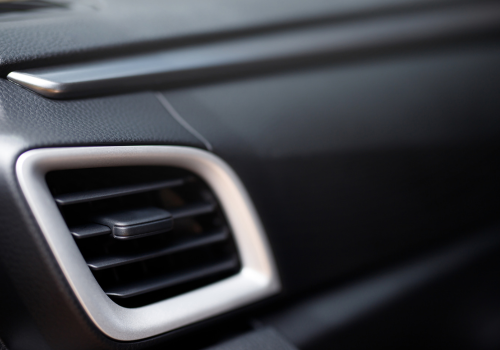
DON’T FORGET THE AIR CONDITIONING
The air conditioning system is essential for defogging your windshield and front windows. It not only cools air during the summer, it also works as dehumidifier. Even when the weather turns pleasantly cool make sure to run your air conditioning once a week to keep it in good shape. Running the air conditioner helps keep components lubricated while also keeping the seals fresh and less likely to leak.
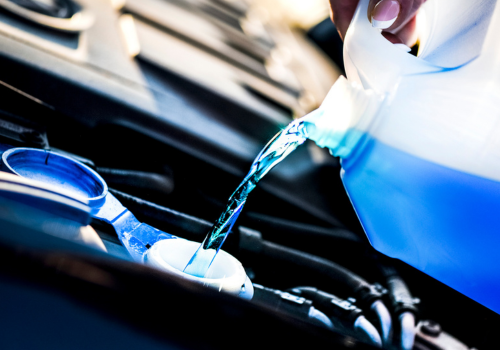
CHECK FLUIDS AND INSPECT BELTS
Check and adjust all fluid levels, including engine oil, engine coolant, power-steering fluid and transmission fluid. Check and adjust V-belts and serpentine belts and replace if needed. Keep in mind that modern serpentine belts can still look fine due to advances in materials, which means they don’t crack as much as they old belts. These modern belts actually wear down like a tire and lose their ability to grip pulleys effectively. If the belt is not fully contacting the grooves of the pulleys, it needs to be changed.

CHECK THE COOLING SYSTEM
AAA SAVINGS ON VEHICLE SERVICES
Get everything you need to make sure your vehicle is prepared for fall – with exclusive AAA Savings. From car parts & accessories to tires & batteries, you’re sure to be fall ready with these great discounts & services.


